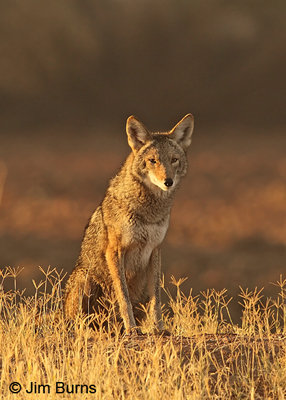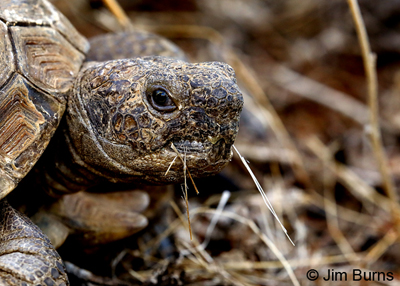
As I lift my gaze, hoping for green, he emerges from the shadows across Hayden and saunters toward me, against the light. Saunters! I smile to myself. The red light gives him no pause. He owns the city. Perhaps the whole country. His gait, classic and so familiar, smacks of nonchalance and entitlement. There are those, scientists among them, who think his kind will inherit the planet if the dotard or Little Rocket Man launch us into nuclear dystopia.
It has rained on the Tonto overnight, remnants of an early hurricane tracking up the Pacific along Mexico’s west coast. It’s been ninety-six days since our last measurable precipitation. There are also those, of course, who think we may already be in an environmental dystopia triggered by global warming. The tortoises come out of estivation when the monsoon begins, needing to drink before eating, hydration necessary for the digestion of their browse. But these clouds and this humidity may be just a tease, and Arizona’s so-called “second spring” won’t arrive until August.
The light goes green, but I wait a moment and watch as the Coyote passes by. He never looks my way, even as I accelerate around the corner and he saunters on toward the Scottsdale Greenbelt. I arrive on time to meet the group. We find puddles in the washes and the Resurrection Fern already green. Though everything else is withered and desiccated, the desert is alive with sign and we enjoy a very special day on the Tonto. We find three tortoises, one a male out in the open, dried grasses protruding from his beak, and he pauses for photographs in that inimitable way of his kind, one elephantine foot suspended atop a stick.
We encounter birds, but no mammals, human or otherwise. Still, from scat, nests, and tracks, here is what we know has passed before us through the night: Desert Cottontail, Harris’s Antelope Squirrel, Coyote, Bobcat, Mule Deer, Javelina (Collared Peccary), and Pack Rat (White-throated Woodrat). We have close encounters with Black-tailed Gnatcatcher and Ash-throated Flycatcher, both species paired up, the latter feasting on the blood red Saguaro fruit that seems to be everywhere, a proliferation that is perhaps a survival technique of this cactus in times of drought.
One person in the group reports a close but fleeting look at a snake with bright red bands—Sonoran Coralsnake or Sonoran Mountain Kingsnake, and coming out at the end of the hike we spook a Great Horned Owl down the wash ahead of us. Our target tortoises and these last two sightings, any of them by themselves in fact, would have made this a noteworthy day in the field, yet as I return home and pull into my driveway none of these are in my thoughts. Like the song that gets stuck in your head, I cannot get the Coyote in the crosswalk before first light off my mind.
There is something about Coyotes. The way they look. The way they act. The way they insinuate themselves into our urban milieu. The many ways they have survived and filled the gaps left by our arrogant and wanton destruction of other wildlife. May they forever prosper.